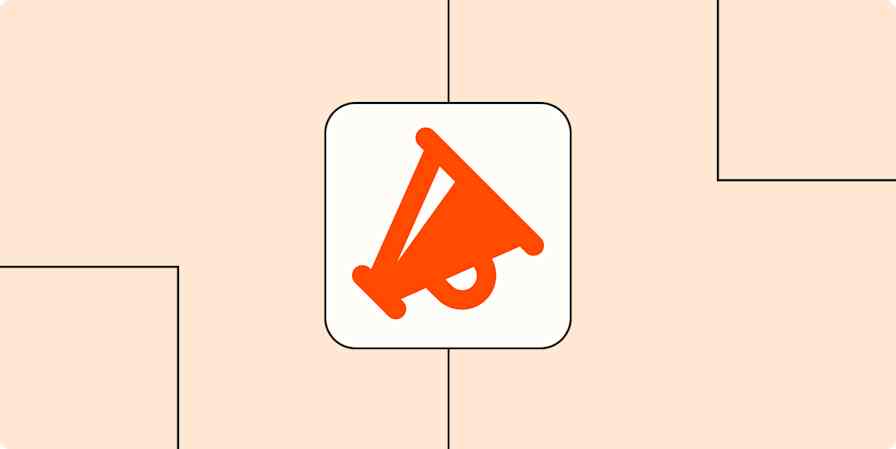Marketing tips
6 min readHow to use brand partnerships as a growth strategy
Learn how one company bootstrapped their entire business using partnerships.
By Dmitry Dragilev · December 3, 2021

Get productivity tips delivered straight to your inbox
We’ll email you 1-3 times per week—and never share your information.
Related articles
Improve your productivity automatically. Use Zapier to get your apps working together.








